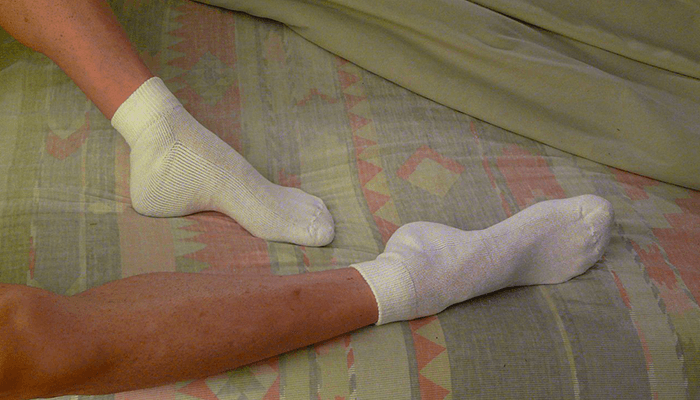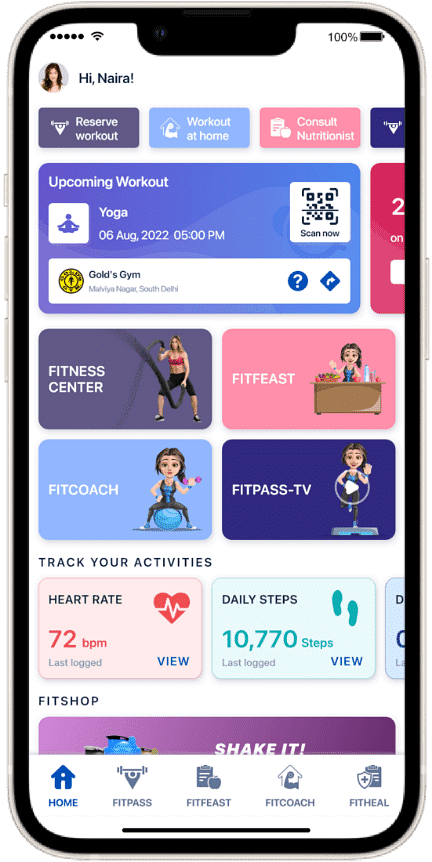Low Iron Level Signs That You Must Know
Table of Contents
The mineral Iron is responsible for several essential bodily functions, which would without it malfunction. Primarily, it carries oxygen to the cells of the body through the blood. So logically, low iron levels decrease your body’s capability to produce healthy red blood cells that carry oxygen.
Low iron levels can cause anemia, which reduces your hemoglobin. Hemoglobin carries oxygen from the lungs to the body. Iron deficiency is common among pregnant women who should get up to 27 mg per day. Adult men, for that matter, need only 8 mg per day.
Your doctor might prescribe iron supplements in case of deficiency. However, you can prevent low iron levels by eating iron-rich foods like beef, oysters, beans, cereals, and dark leafy greens like spinach. Eating well can solve all nutritional problems. If you’re not sure about your nutritional intake, get in touch with certified nutritionists with FITFEAST. Get customized daily diets to ensure proper dietary intake. The diet plans are based on your needs and preferences. Also, you can use the in-app features to track your calories, meal, and water intake.
8 Signs of Iron Deficiency

More than half of the people who need iron deficiency treatment feel extremely exhausted more often than usual. The body requires iron to make a protein – hemoglobin – that carries oxygen to the different parts of the body. Low iron levels mean that less oxygen reaches the tissues and muscles, which leads to reduced energy levels. Consequently, the heart works harder to provide more oxygen-rich blood to the body. This whole process tires you out. Since we all get tired every day, it is very hard to see tiredness for iron deficiency symptoms. Apart from being low on energy, people with low iron levels are often cranky and have low concentration levels and productivity.

Low levels of hemoglobin due to iron deficiency means a deficit of oxygen. Since that will cause your muscles to function under capacity, your breathing rate will increase as your body tries to get more oxygen. Shortness of breath is a common iron deficiency symptom and you should consider seeing a doctor if you have trouble working out or even climbing the stairs.

While pale is a complexion, it is associated with being sick. The rosy hue of the skin is due to the presence of hemoglobin. Therefore, another iron deficiency symptom is a light complexion irrespective of your skin tone. The inside of your lips, nails, gums and the inside of the bottom eyelids are paler than usual if you have low iron levels. Doctors look for this symptom quite often. Paleness is common in moderate to severe cases of anemia.

Heartbeats when noticeably felt are referred to as heart palpitations, which is another iron deficiency symptom. Since the heart works harder to transport oxygen to the body, the heartbeat becomes irregular and you feel that your heart is beating abnormally fast. It can also lead to an enlarged heart, heart murmur, or even heart failure. However, these iron deficiency symptoms are experienced after a long time of the iron deficiency.

The deficit of oxygen in the different body organs and tissues leads to improper body functions. The hair and the skin become dry and weak when they are deprived of oxygen. Therefore, if your hair falls out in abnormal numbers when you wash or brush them, you must have low iron levels. Since losing hair can be unnerving, you should know that the average person loses up to 100 hairs every day.

Headache is a common iron deficiency symptom that comes along with dizziness and lightheadedness. Like the other organs, the brain doesn’t get enough oxygen due to low iron levels. The blood vessels in the brain swell up causing pressure and headaches. Headaches and dizziness can be caused by many problems but frequent and recurrent headaches often point towards iron deficiency.

Restless legs are associated with low iron levels. As the name sounds, restless leg syndrome is a strong urge to move your legs when you’re at rest. You might also experience crawling or itchy sensations in the feet and legs. This symptom acts up during the night, which might affect the quality of your sleep. Up to 1 person in every 4 people with restless leg syndrome might be suffering from low iron levels.

The tongue loses its color due to low iron levels in your body. Iron deficiency can also lead to low levels of a protein – myoglobin – in the red blood cells. These cells are responsible for muscle health. People with iron deficiency often complain of a sore, inflamed, and a rather smooth tongue.


